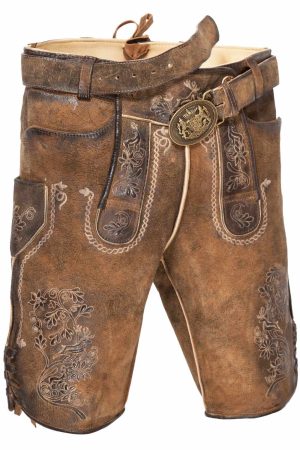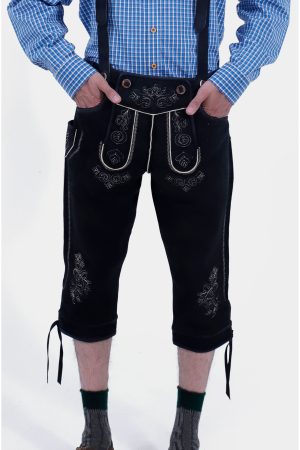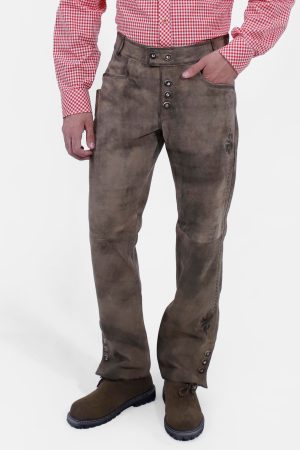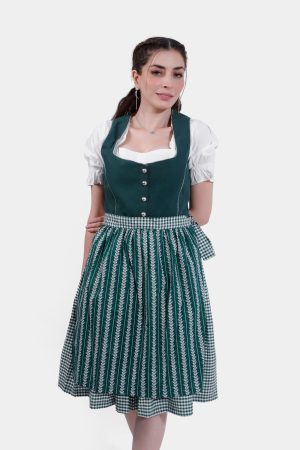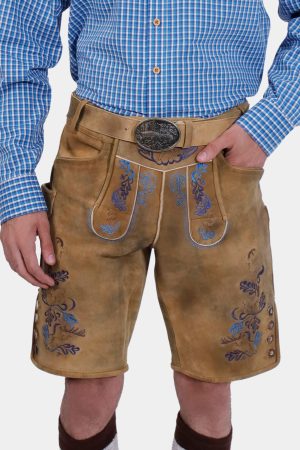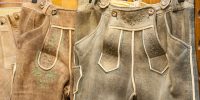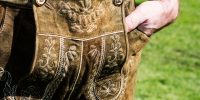Lederhosen clothing are conventional garb worn by Bavarian men in the past. These iconic leather-based trousers or shorts are more than just apparel. Indeed, they display a deep symbolism with the Bavarian centuries-vintage heritage. But what does Lederhosen mean? Originating as functional workwear for agrarian people like farmers, it has evolved right into an image of social repute, local identification, and a connection to nature, lifestyle, and craftsmanship. If you are an eager cultural dweller and are seeking to discover more approximately it, you have landed in the proper place. In this blog, we can uncover the equal subject matter approximately German apparel, Lederhosen. To quench your exploration thirst, we propose you spare some time to provide this weblog with a targeted examination!
The Origins of Traditional Bavarian Attire
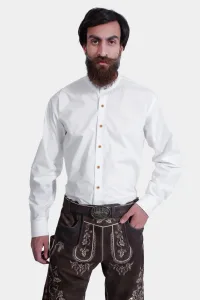
Lederhosen dates again to the sixteenth century, serving as critical apparel for farmers and employees inside the Alpine vicinity. Crafted from sturdy leather, they supplied safety against the factors, making them a must-have for outside work. Over the years, their motive shifted from only practical to deeply symbolic, representing Bavarian traditions and nearby identification. Today, they’re a famous preference for cultural events like Oktoberfest and diverse-themed celebrations.
What Are Lederhosen Made Of? Understanding the Materials
A not unusual question human beings ask is, what are lederhosen made for? Traditionally, they are made from extremely good leather, sourced from animals such as deer, cow, goat, and pig. This ensures durability. The softer and more flexible the leather, the more top-class the garment. Higher-forestall designs, similar to the Angry Stag Eibsee Lederhosen, often function as complex embroidery and detailing, showcasing the craftsmanship in the back of those conventional garments.
Lederhosen as a Regional Identity Symbol
Lederhosen outfits are closely related to Bavarian regional pride. The unique look of the lederhosen attire crafts a deep connection between the wearer and its cultural roots. For that reason, Lederhosen represents loyalty to the traditions of the Bavarian region. Different charming styles of Lederhosen showcase specific regional variations within the Bavarian region. The garment is a visible indicator of the Bavarian heritage, particularly in the face of contemporary global influences.
How to Put on Lederhosen: A Step-by way of-Step Guide
Dressing in the traditional Bavarian style is all approximately getting the information properly. Here’s a straightforward guide that will help you put on Lederhosen like a seasoned:
Start with the Base Layer – Slip into a traditional checkered or white blouse.
Step into the Leather Breeches – Make certain the suspenders are adjusted for a cozy suit.
Fasten the Waist and Side Buttons – These are key to maintaining the entirety stable.
Add Accessories – Finish off your appearance with knee-high socks, an alpine hat, and some elegant Bavarian footwear.
Properly wearing this outfit brings out its traditional charm, making it perfect for gala and cultural activities.
The Modern-Day Appeal of Traditional German Wear
Originally designed for hard work, this traditional outfit has become a cultural symbol. Nowadays, it’s mostly seen at Oktoberfest and other Bavarian festivities, representing heritage and celebration. The renewed interest in traditional clothing has sparked modern twists while still honoring its roots.

Conclusion
So, what does lederhosen mean? It represents far more than simply a piece of clothing—it embodies Bavarian heritage, social differences, and a connection to culture. Whether you are attending a German pageant or certainly embracing cultural attire, knowledge of the history and the proper way to wear them enhances the revel in.If you’re eager to discover more about Bavarian subculture, test out our manual on conventional German clothing! Lederhosen links the past and present, showcasing the region’s cultural heritage in a contemporary world. If you want to explore more about this culture, click this link, and it will take you to the blog What Is a Typical German Outfit?



